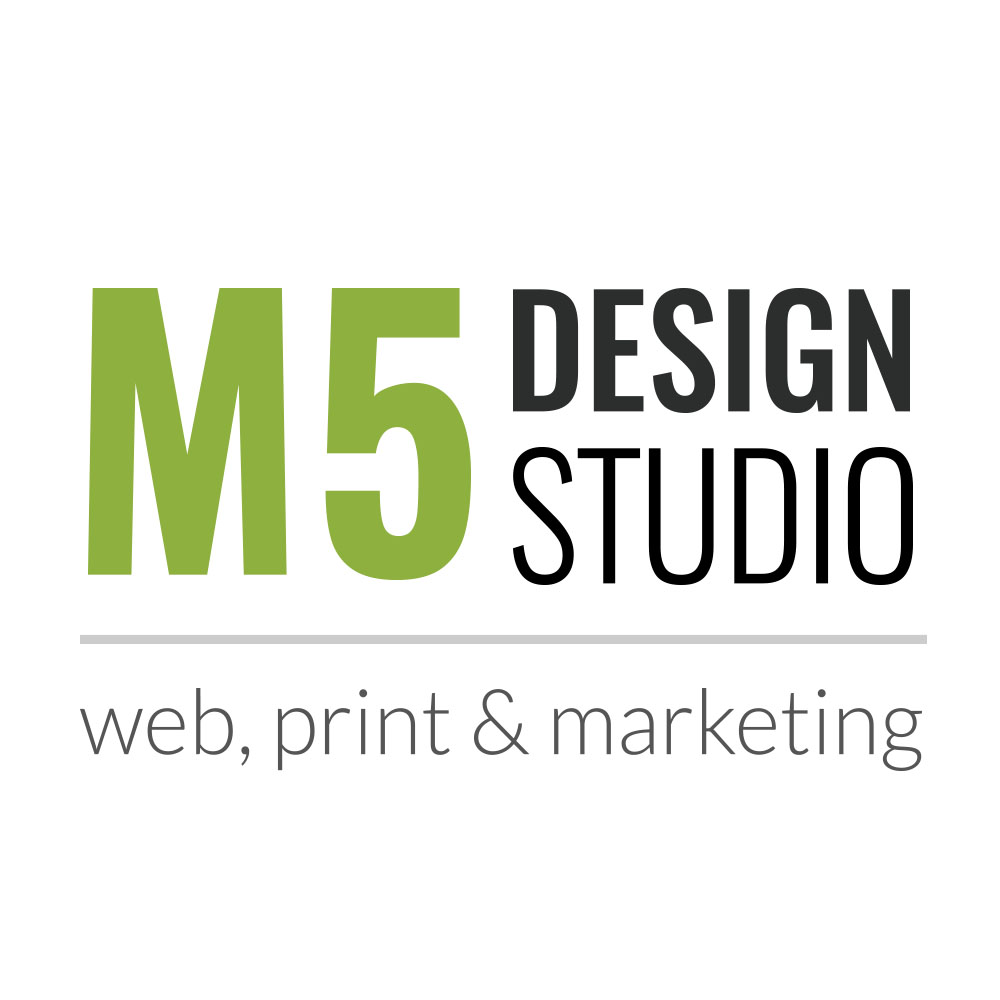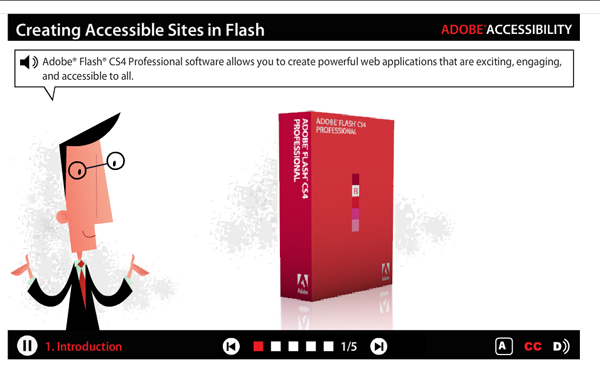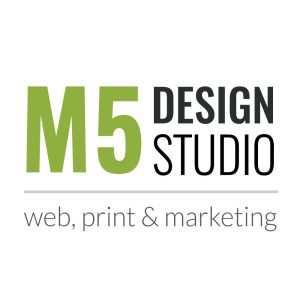

Accessibility is a very important aspect of a website. A good Flash designer or developer must always remember that everybody has the right to access online information and that web accessibility is required by law. Flash websites can be accessible, below I provide some tools provided by Adobe.com to ensure that your Flash websites are accessible to all.
What is accessibility?
Accessibility involves two key issues: first, how users with disabilities access electronic information, and second, how web content designers and developers enable web pages to function with assistive devices used by individuals with disabilities.
Users with disabilities frequently rely on hardware and software to access web content. These tools, known as assistive technologies, range from screen readers to touch screens and head pointers.
Blind users of the web frequently use software called a screen reader to read the contents of a web page out loud. Two common screen readers are JAWS from Freedom Scientific and Window-Eyes from GW Micro. Screen readers enable users to hear, rather than read, the contents of a web page; however, a screen reader can read only text, not images or animations. It is desirable, therefore, that images and animations be assigned text descriptions that screen readers can read.
Users with low vision often depend on magnification software. Some magnifier users utilize speech features within magnification tools or use magnifier software in conjunction with a screen reader. Two popular screen magnifiers are ZoomText from Ai Squared and MAGic from Freedom Scientific.
Users with mobility issues may rely on the keyboard instead of the mouse to navigate web pages. For individuals with nerve damage, arthritis, or repetitive motion injuries, use of the mouse may not be comfortable or possible. Using only Tab and Enter on the keyboard, it is possible for these individuals to navigate a web page.
In some cases, users may employ touch screens, head pointers, or other assistive devices. A touch screen allows an individual to navigate the page using her or his hands without the fine-motor control required by the mouse. In these cases, it is very important that essential components of the page work without a mouse. Rollovers, pull-down lists, and interactive simulations are all examples of elements that typically depend on the mouse for user interaction.
Adobe Flash accessibility design guidelines
The following are some practical suggestions by Adobe.com for optimizing the accessibility of your rich media content.
- Assign text equivalents for visual elements
- Make animation looping elements inaccessible
- Allow users to control motion
- Use accessible components
- Enable control over reading order
- Facilitate keyboard access to all controls
- Provide captions
- Provide accessible video controls
- Enable control over audio playback
- Use color wisely
- Validate for accessibility
Resources
For more information on Flash accessibility you can visit the following links:
Creating accessible sites in Flash
Adobe Flash accessibility design guidelines
W3 Complete List of Web Accessibility Evaluation Tools
Conclusion
Accessibility is an important part of every website and Flash designers and developers should rely on a variety of methods for validation of content for accessibility. Testing their Flash website with technologies such as Window-Eyes, GW Micro, and third-party repair and validation tools for Flash will help them detect identify common errors in design.
It is also important that they test the site with actual users. Nothing help more that getting feedback from people than actually use accessibility software every day.




